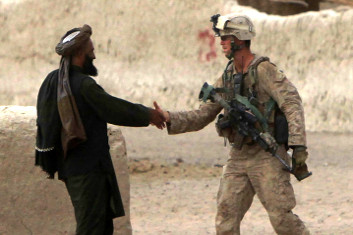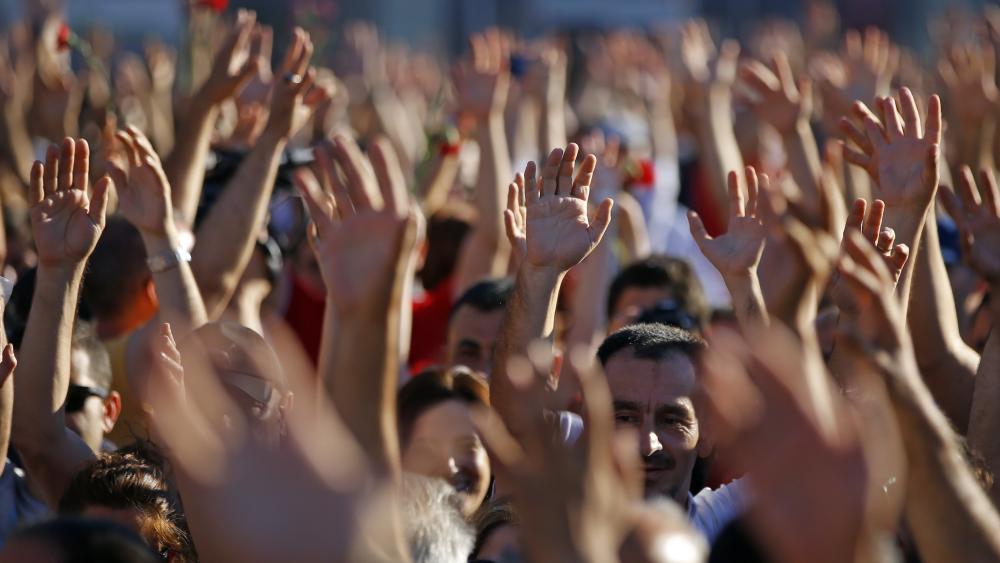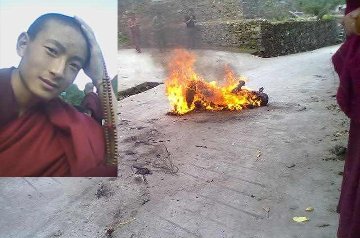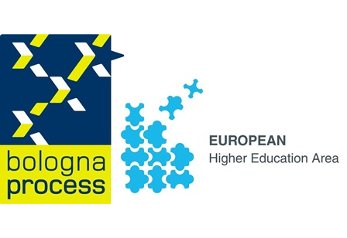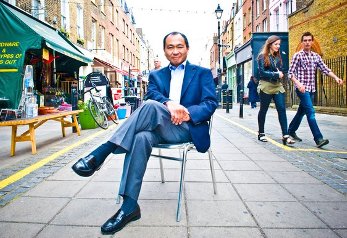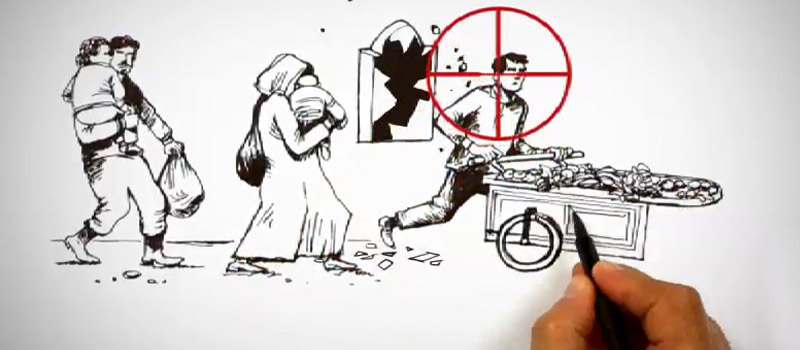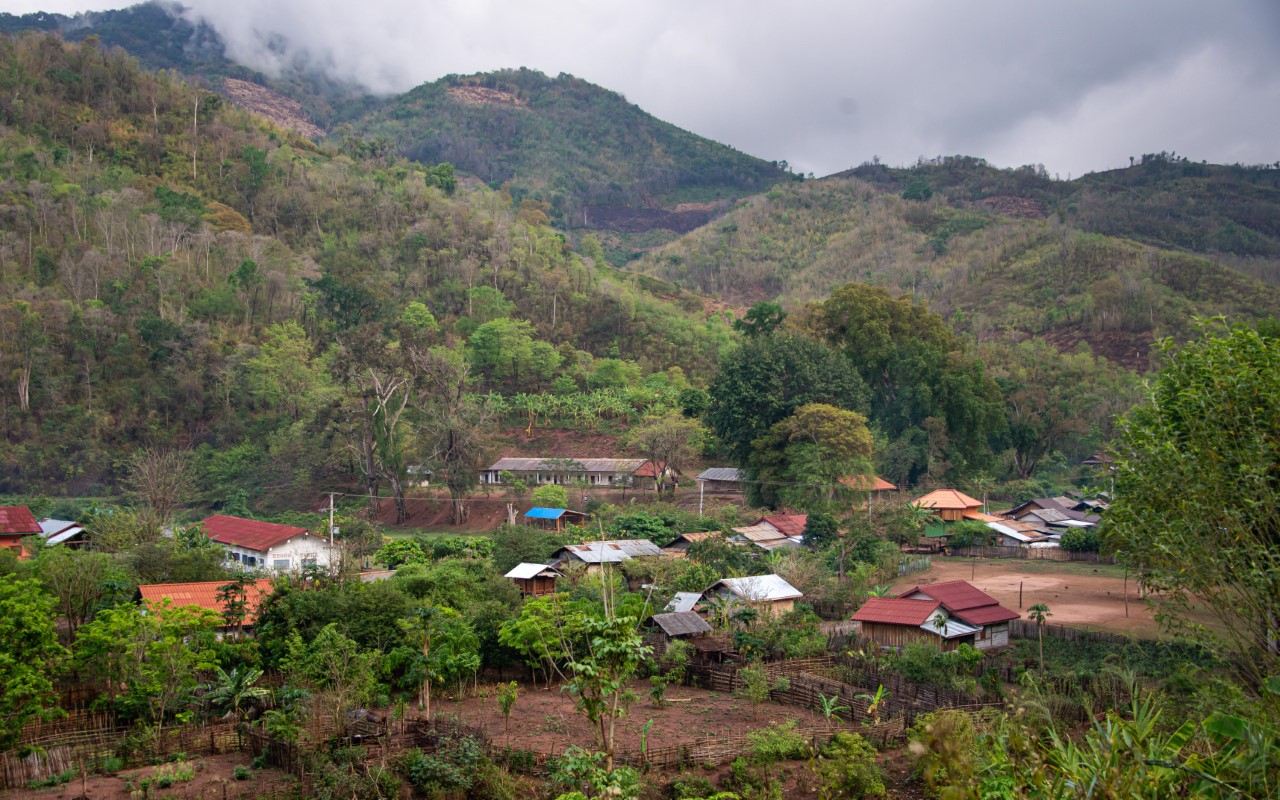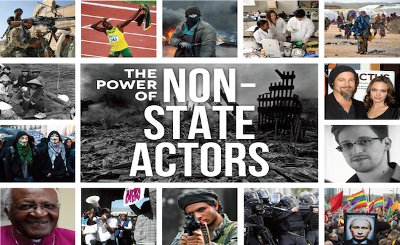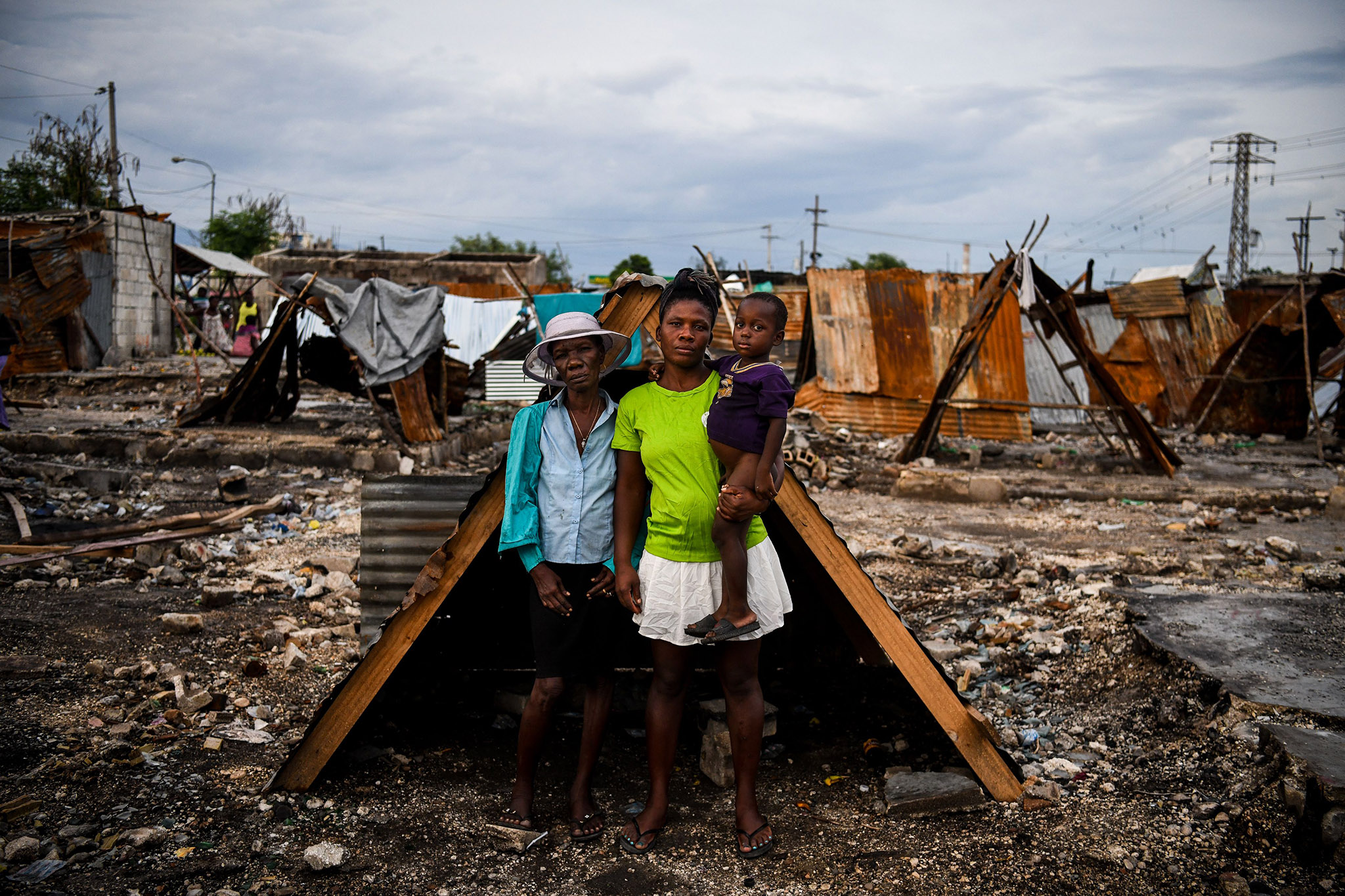
Catherine Parrill
Introduction
A decade after the devastating earthquake of 2010, Haiti was again in the news. Once again, the headlines painted a discouraging picture. New York Times’ Kirk Semple October 2019 article began with the words, “There is no hope.” CNN’s Caitlin Hu’s piece, published on the anniversary of the earthquake, was titled, “Ten years after an earthquake devastated their country, many Haitians have little hope.”
Are those headlines true? To know whether Haitians do, or do not, have hope requires a deeper understanding than can be gleaned from articles such as these. It requires listening to voices we often don’t hear.
It also requires facing hard truths.
Unnatural Disaster
The truth starts by acknowledging that the earthquake Haiti suffered a decade ago did not kill a quarter of a million people. It was a 7.0 magnitude on the Richter scale—a major earthquake, to be sure. But on an average year, twenty quakes of that intensity occur worldwide with far less destruction. By comparison, the infamous 7.9 magnitude San Francisco earthquake of 1906 (30 times stronger than Haiti’s) killed 3,000 people.
So, why was Haiti’s 2010 earthquake the deadliest of that magnitude in recorded history?
The horrific toll in Haiti was not the result of a natural disaster. It was the result of degradation that goes back for millennia. Understanding today’s story, and learning whether Haitians truly have run out of hope, begins with uncovering the past.
Foreign Domination
When the world began taking its toll on Haiti six hundred years ago, the island was a land of riches. The world stripped Haiti’s rainforests of their trees and built plantations that leached the soil of its nutrients. Even worse, the world stripped its people of their life, liberty, and pursuit of happiness.
Centuries of outside-dominance and oppression have eroded Haiti’s indigenous strengths and resources just as surely as have the tropical rains on denuded mountains washed the country’s topsoil into the sea. Barren mountains, once lush green, are now as dark as the stain that surrounds the Haitian coastline.
Articles such as those by Hu and Semple share a common problem with much of the development and relief work that has been done in Haiti and around the world. Outsiders have been driving the narratives for a very long time. This approach is at the heart of the problem, both of the work and of the stories we hear about it.
Common Roots
Over the last century, devastation in Haiti generated a stream of solutions from people who sincerely wanted to help. It also created a pipeline through which others more self-serving accumulated profit and power. Sadly, not only have both the well-intended and their less altruistic counterparts failed to achieve significant improvement; they have both contributed to the further entrenchment of poverty and inequities.
Why? Because at their roots, they share a common ill. They assume an agency that more appropriately belongs with those who live closest to the situation.
Reforestation provides a simple example that applies to many kinds of well-intended initiatives. To outsiders who want to help, planting trees seems a logical solution to the problem of deforestation. But though millions of trees have been planted in Haiti over the last fifty years, deforestation has grown. Why?
Ask those closest to the problem: 90% of Haitians rely on charcoal for fuel. Impoverished farmers must feed their children. Turning saplings into charcoal is sometimes their only source of income. In other cases, depleted soil and ever-longer dry seasons cause trees to die.
There are many reasons reforestation has failed. At their core, though, is the same reason billions of dollars of international aid didn’t provide meaningful and sustainable assistance after the earthquake of 2010. It’s the same reason the majority of initiatives undertaken in Haiti fail. And it’s the same reason we can’t rely on stories like those cited above to answer the question of whether Haitians have hope.
They don’t take the whole story into account and, because of that, they don’t get to the root of the problem.
Dechoukaj
The Krèyol word dechoukaj means uprooting, and was used to describe the political upheaval in Haiti after dictator Jean-Claude Duvalier fled the nation in 1986. During that era, houses and office buildings across the country were ransacked and demolished, files burnt, and the Duvalier mausoleum dismantled brick by brick.
The populist uprising against Duvalierism was intended to lead to liberty, once and for all. Why didn’t it? It would take volumes to list the reasons, but they have a fundamental commonality. My Haitian friend and colleague, Rodolphe Eloi, first introduced me to it in 1995.
Haitians cannot have hope
In 1995 I was in a remote village, standing beside a four-room school American partners had recently built. I thought the future looked brighter for its students than it had for their illiterate parents. I remarked to School Director Eloi that the school was a true sign of hope. He disagreed.
“Haitians cannot have hope,” Eloi said.
I was stunned, and assumed him a pessimist. I’m ashamed to admit it, but, convinced that my more optimistic perspective was the better one, I tried to persuade Eloi to see it my way.
“Cathy,” Eloi finally explained, “It does not matter whether the dictator is tyrant or benefactor. Haitians cannot have hope because we do not have a say in our own future.”
I thought he was referring to the old Haitian priest who founded the school and used a dictatorial approach with his staff, and to the spate of recent coup d’états still afflicting the country. I didn’t guess he might be talking about me, too.
Corruption Oppression and Injustice
A year after that conversation with Eloi, I moved to Haiti where I trained teachers across the country and taught in an American-funded school. Throughout the system, I saw projects funded by donors who didn’t have enough in-depth understanding of the complexities of culture, language, and history to know for sure whether, in the long run, their money was helping or hurting. The only way they could have known was if the people closest to the problem told them, and that wasn’t possible.
I discovered that not only were US dollars funding corruption in ways donors did not suspect, but that the problems it fostered went beyond that of the monies that were lost. People who skimmed for themselves tended to build fiefdoms over time, increasing injustices, inequities, poverty, and oppression of those whom the contributions were intended to help.
When I reported money-skimming to funders of a Haitian institution where I worked, the head of the American funding group refused to act, saying, “That’s how it is in Haiti.” He seemed to equate skimming to a tax or a tip, unaware it was buying power for leaders who would then grant favors to those who kept their secrets and persecute those who did not.
As I watched people being kept down, and saw the toll it took on them to lose personal agency, I saw hope replaced with a fearful wish that favors, rather than retribution, would be bestowed on them. Over time, I came to believe that Americans whose dollars were supporting the injustices were as culpable as the Haitian leaders who were perpetrating it.
But I wasn’t a donor. I was a barely-paid employee of American funders. So, I didn’t yet put myself in the same category of culpability.
It took years for me to realize that in 1995, when Eloi spoke of dictatorial benefactors stealing people’s say in their own lives, he could also have been talking about me.
There may be good reasons. But they aren’t good enough.
When I was working with the unschooled teachers in that remote illiterate village I had educational expertise they needed. My motives were good. I truly wanted to help.
But my resources, naiveté, and limited Krèyol, when coupled with their need, put me in the driver’s seat. No matter how good the inquiry-based and project-based, collaborative and experiential curriculum I created may have been, my approach was wrong. Eloi and I should have jointly planned and delivered the trainings.
Because we could not, and because I had an overactive sense of responsibility to help, I inadvertently usurped power that wasn’t rightfully mine.
New headlines. Some old stories.
Three years after Haiti’s earthquake of 2010, world headlines screamed of corruption, misuse of funds, and lack of accountability and results. I wasn’t surprised by the problems, only by the fact that they were finally being uncovered. It gave me hope that making these revelations widely known would instigate a major shift in development and relief efforts worldwide.
Indeed, many agencies did undertake internal investigations and steps to improve accountability. Mentalities began to shift, as well. Relief workers and donors are increasingly trying to move toward locally-led and driven grassroots efforts. But we have a long way to go.
In most instances, the improvement efforts themselves are still driven from the top-down. Supporting infrastructure doesn’t connect donors with qualified local implementors. Helpers from the outside still often lack language skills and the degree of local trust it takes to learn the real truth of people’s stories.
In many cases, well-meaning people are still unaware of ways they usurp others’ power, much like I did twenty-five years ago.
Is there hope for the future?
Recently, I asked Eloi his thoughts about the No-Hope narratives springing up on the tenth anniversary of the earthquake. Just three years before, a hurricane had destroyed villages where he worked. During the past year, civil unrest had grown so bad Haiti had often been in lockdown. In short, times were far worse than when I’d first posed that question to him in 1995.
“Yes, I have hope for Haiti!” Eloi said this time. “I have more than hope for Haiti’s future. I have confidence in it!”
Why does he say that now, in spite of the fact that his country has been experiencing what is perhaps its worst political crisis since the dechoukaj that followed Duvalier’s departure?
Because in spite of what seem to be insurmountable problems in the society around him, Eloi is no longer governed by dictators, whether tyrants or benefactors. He founded a Haitian nonprofit Action Pour Sauver Haiti (APSHA) shortly after I founded the American nonprofit Creative Exchanges Initiative (CEI). Our intent was to operate in a radically different model from the one in which we had worked all those years before.
Thankfully, we have built enough trust and language skills through the years to be perfectly honest with one another. Once we were able to do that, we were able to find our way out of the old story and into a new one.
APSHA is CEI’s implementation partner in Haiti. Our joint work is 100% Haitian led, driven, implemented, and managed. It has liberated us both from the unhealthy models we inherited.
Today, Eloi and his team are at the forefront, leading grassroots transformative change in Haiti, and I’m in a supporting role in the States. Because I have reliable access to electricity and internet, and speak an internationally-known language, one of my main jobs is to be a conduit through which voices such as Eloi’s can be heard by audiences they would otherwise not reach.
Eloi’s sense of hope is rooted in the transformation he and his team are making on the ground every single day. In the realigned relationship between donors and doers in his work. And in the assurance that his voice, and those of his constituents and clients on the ground—like those of the women farmers who raise goats and their children who compete in problem-solving contests for their community—are driving the story of their lives.
Outside resources are vital. Our dominant approach is not. Going forward, the story of our charitable work can have a very different trajectory. All we have to do is change who’s driving the narrative. It’s a simple formula that will work not only in Haiti, but anywhere.
When we make that change, there is hope for Haiti, and for us all.
Catherine Parrill is founder and CEO of Creative Exchanges Initiative

